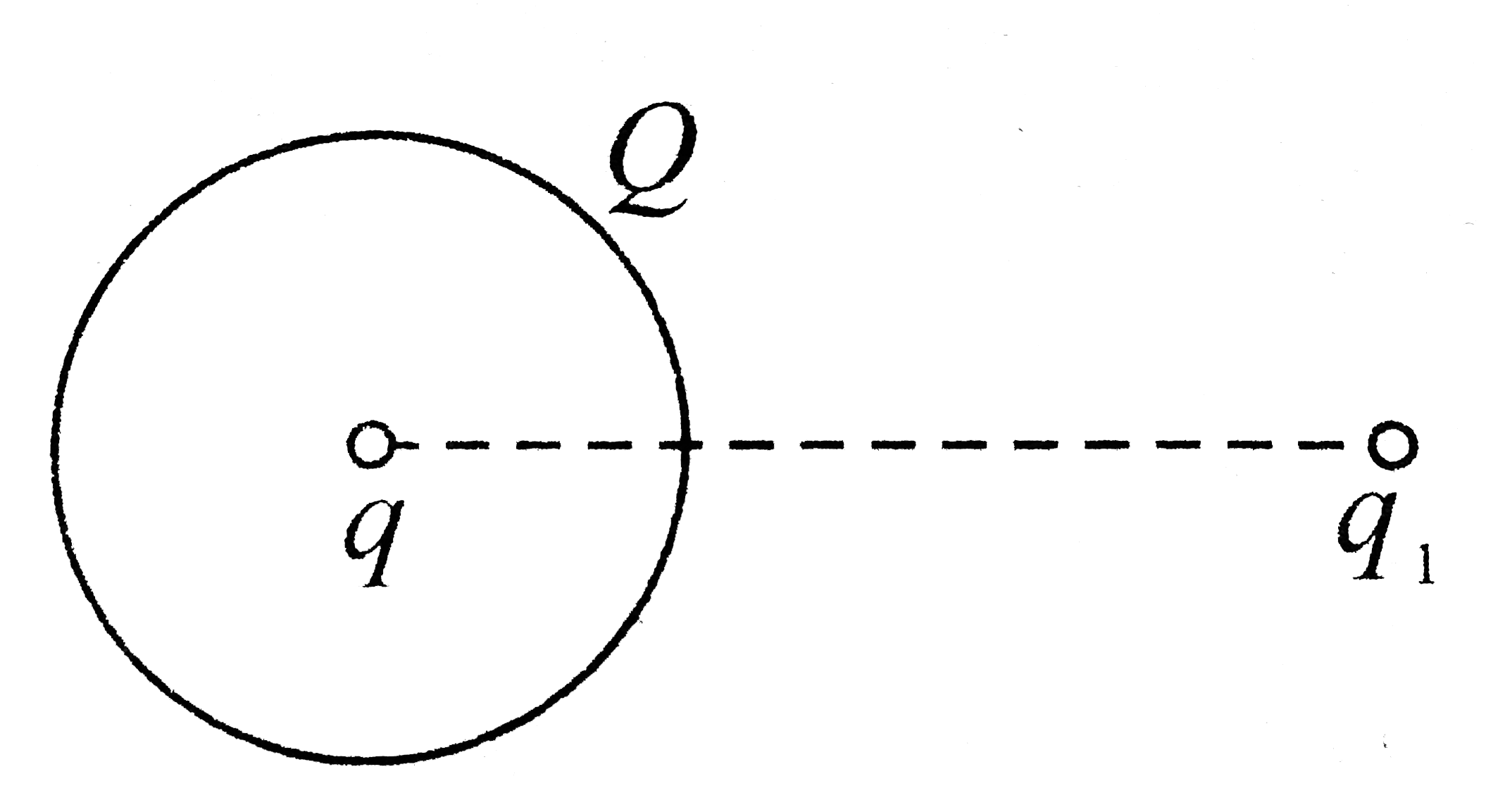Text Solution
Verified by Experts
Topper's Solved these Questions
ELECTRIC FLUX AND GAUSS LAW
CENGAGE PHYSICS|Exercise Exercise 2.2|14 VideosELECTRIC FLUX AND GAUSS LAW
CENGAGE PHYSICS|Exercise Subjective|12 VideosELECTRIC FLUX AND GAUSS LAW
CENGAGE PHYSICS|Exercise Example|7 VideosELECTRIC CURRENT AND CIRCUIT
CENGAGE PHYSICS|Exercise Interger|8 VideosELECTRIC POTENTIAL
CENGAGE PHYSICS|Exercise DPP 3.5|14 Videos
Similar Questions
Explore conceptually related problems
CENGAGE PHYSICS-ELECTRIC FLUX AND GAUSS LAW-Exercise 2.1
- A thin metallic spherical shell contains a charge Q on it. A point cha...
Text Solution
|
- If we introduce a large thin metal plate between two point charges, wh...
Text Solution
|
- A dipole lies on the x-axis, with the positive charge +q at x = +d//2 ...
Text Solution
|
- A Charge Q is distributed uniformly on a ring of radius r. A sphere of...
Text Solution
|
- Figure shown an imaginary cube of edge L/2. A uniformly Charged rod o...
Text Solution
|
- A hemispherical body is placed in a uniform electric field E. What is ...
Text Solution
|
- What is the field in the cavity if a conductor having a cavity is char...
Text Solution
|
- Figure shows a closed surface which intersects a conducting sphere. If...
Text Solution
|
- Figure shows a charge q placed at the centre of a hemisphere. A second...
Text Solution
|
- A charge Q is placed at the centre of an imaginary hemispherical surfa...
Text Solution
|
- In figure, a cone lies in a uniform electric field E. Determine the el...
Text Solution
|
- A uniform electric field ahati +bhatj intersects a surface of area A. ...
Text Solution
|
- A charge Q is placed at a distance alpha/2 above the centre of a horiz...
Text Solution
|
- Calculate the total electric flux through the paraboloidal surface due...
Text Solution
|
- Consider a closed surface of arbitatry shape as shown in figure. Suppo...
Text Solution
|
- If Coulomb's law involved 1/r^3 (instead of 1/r^2), would Gauss's law ...
Text Solution
|

